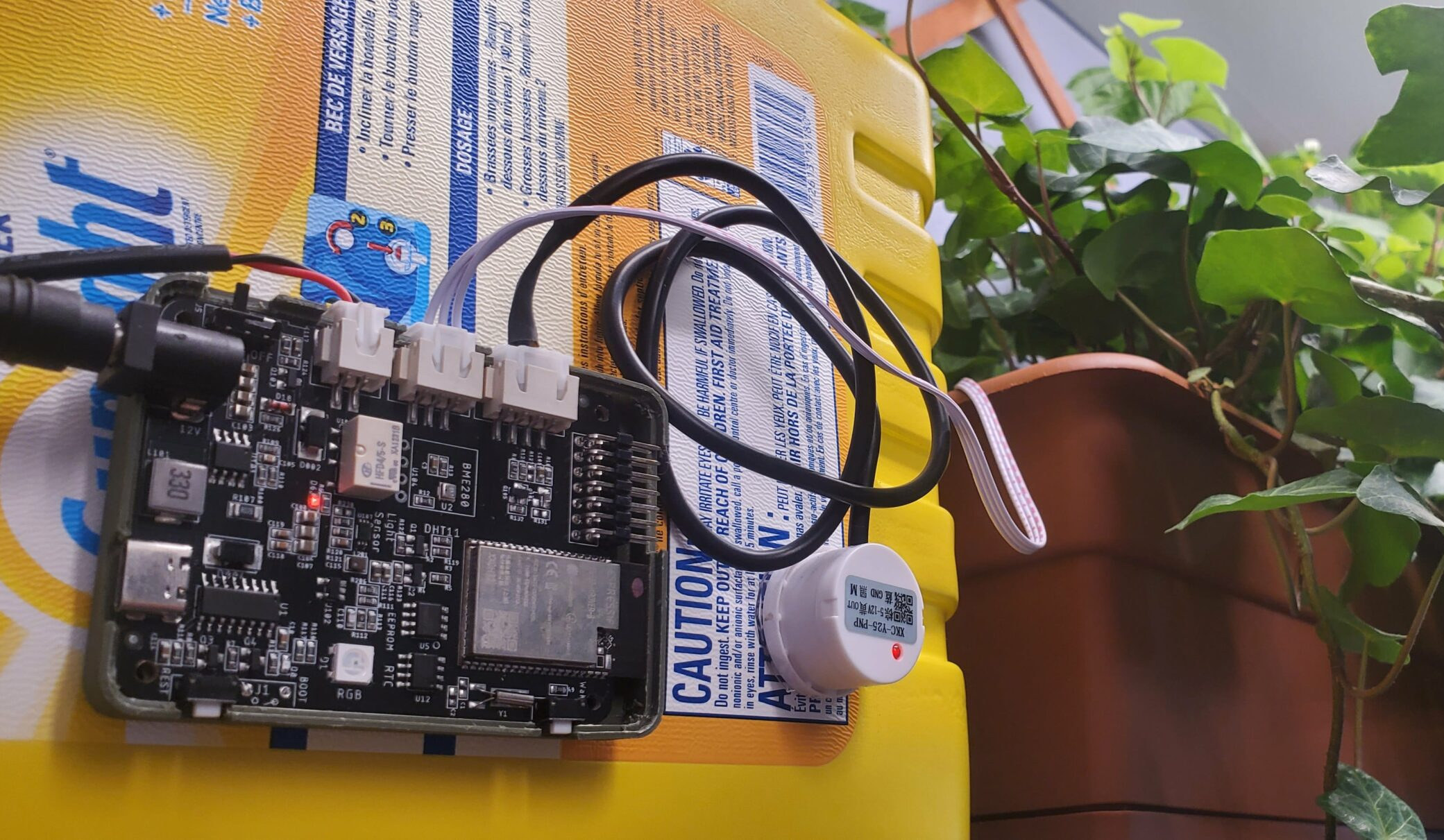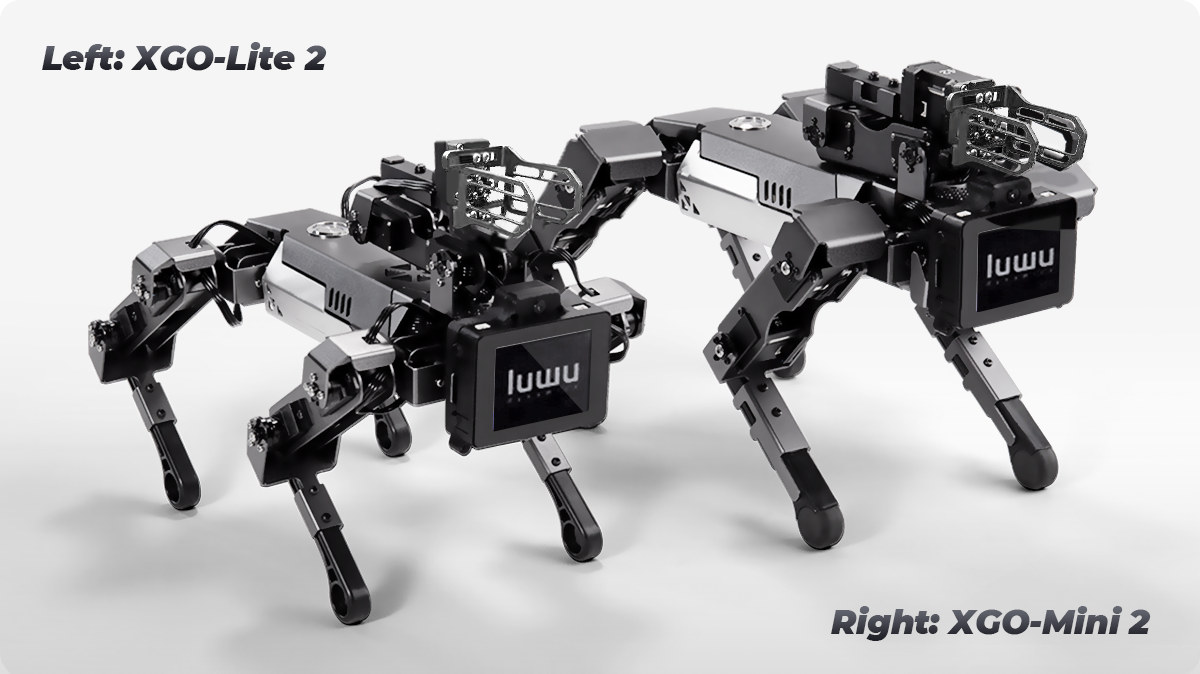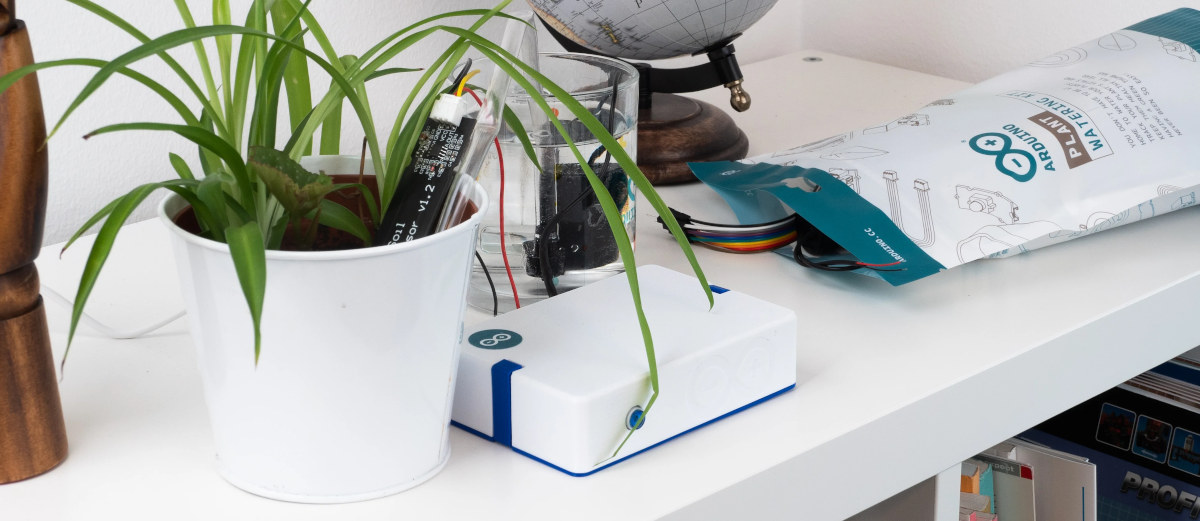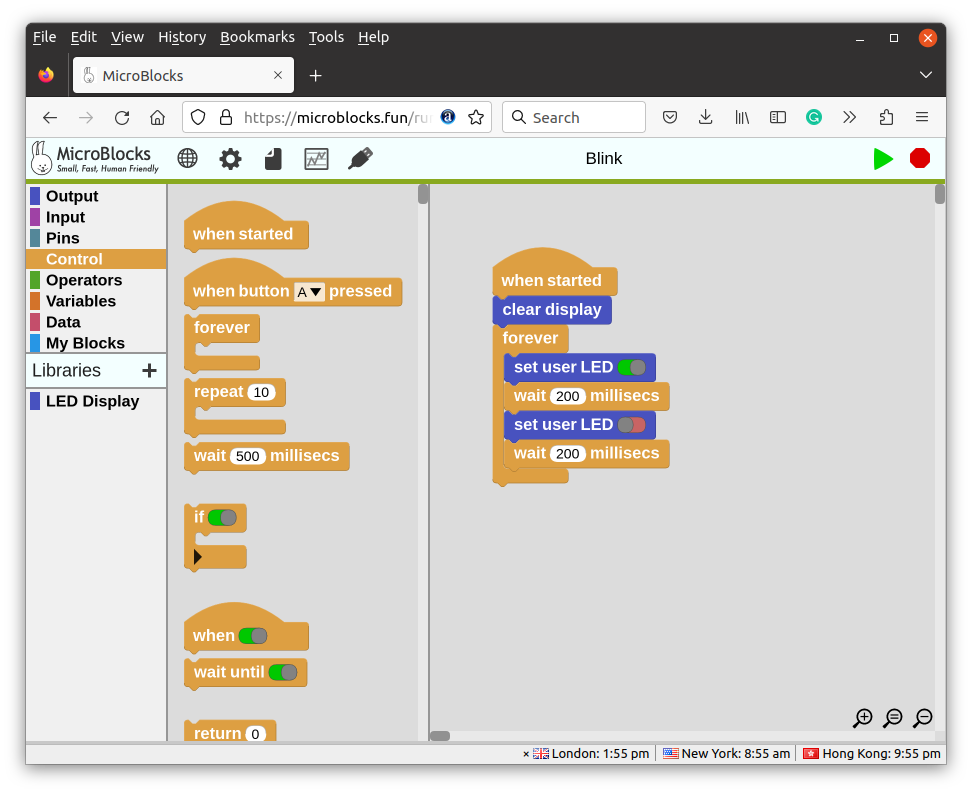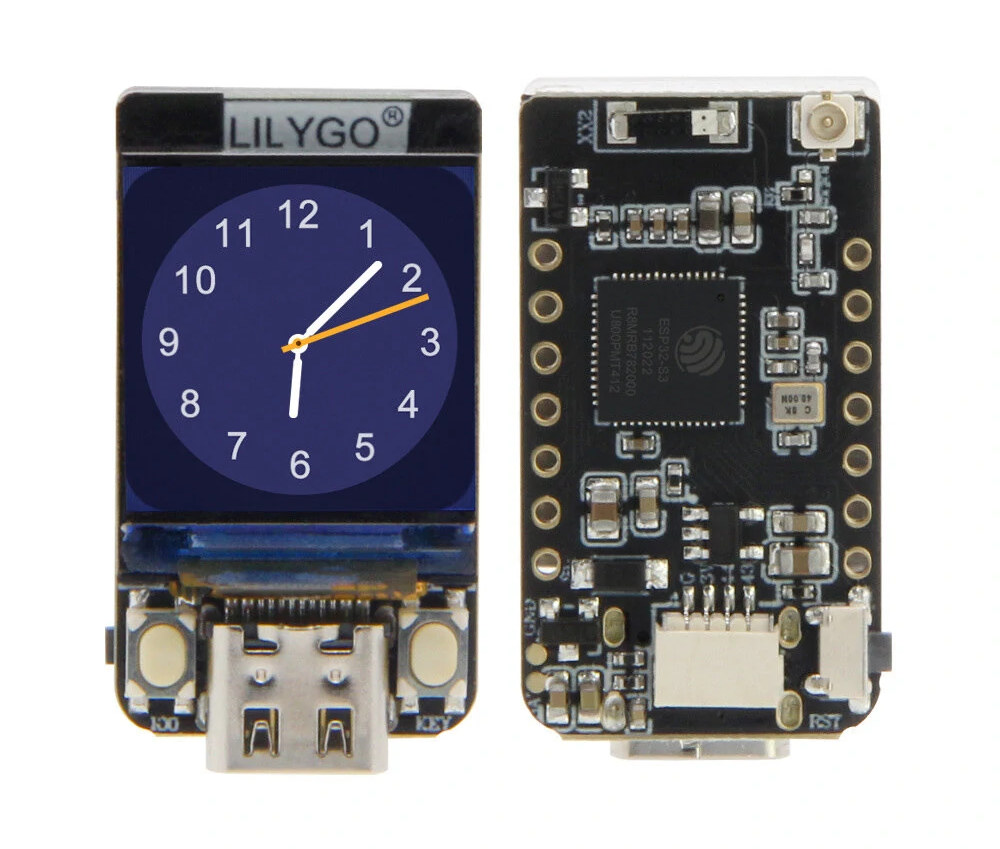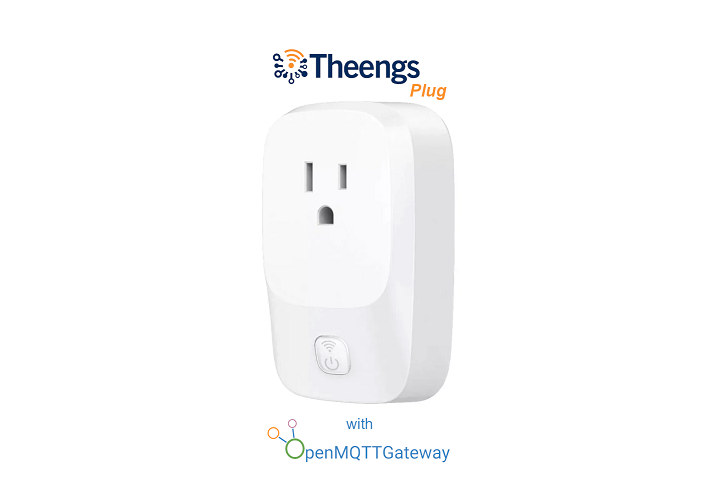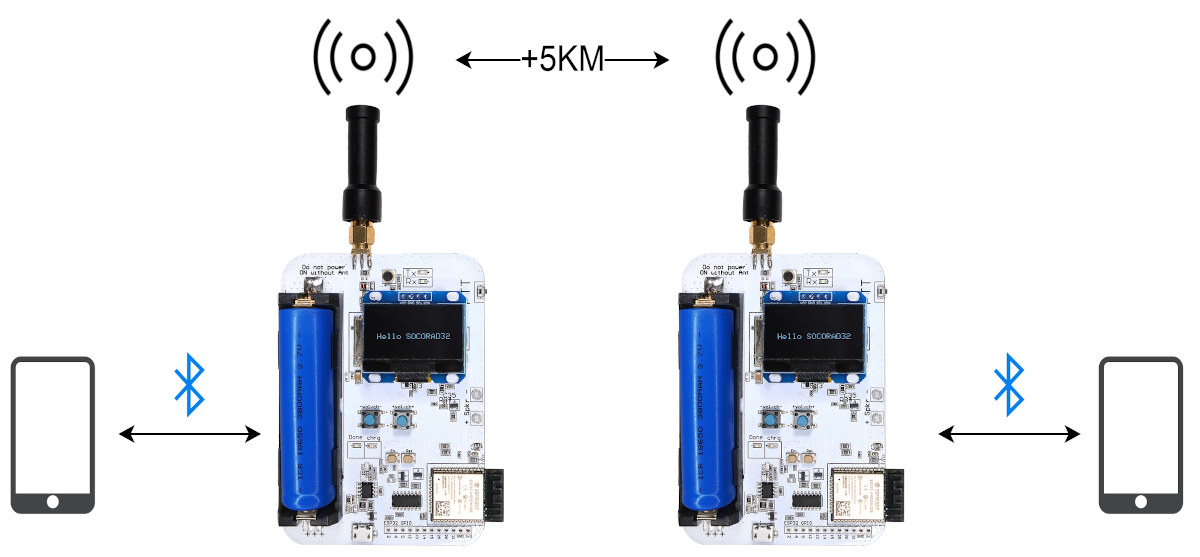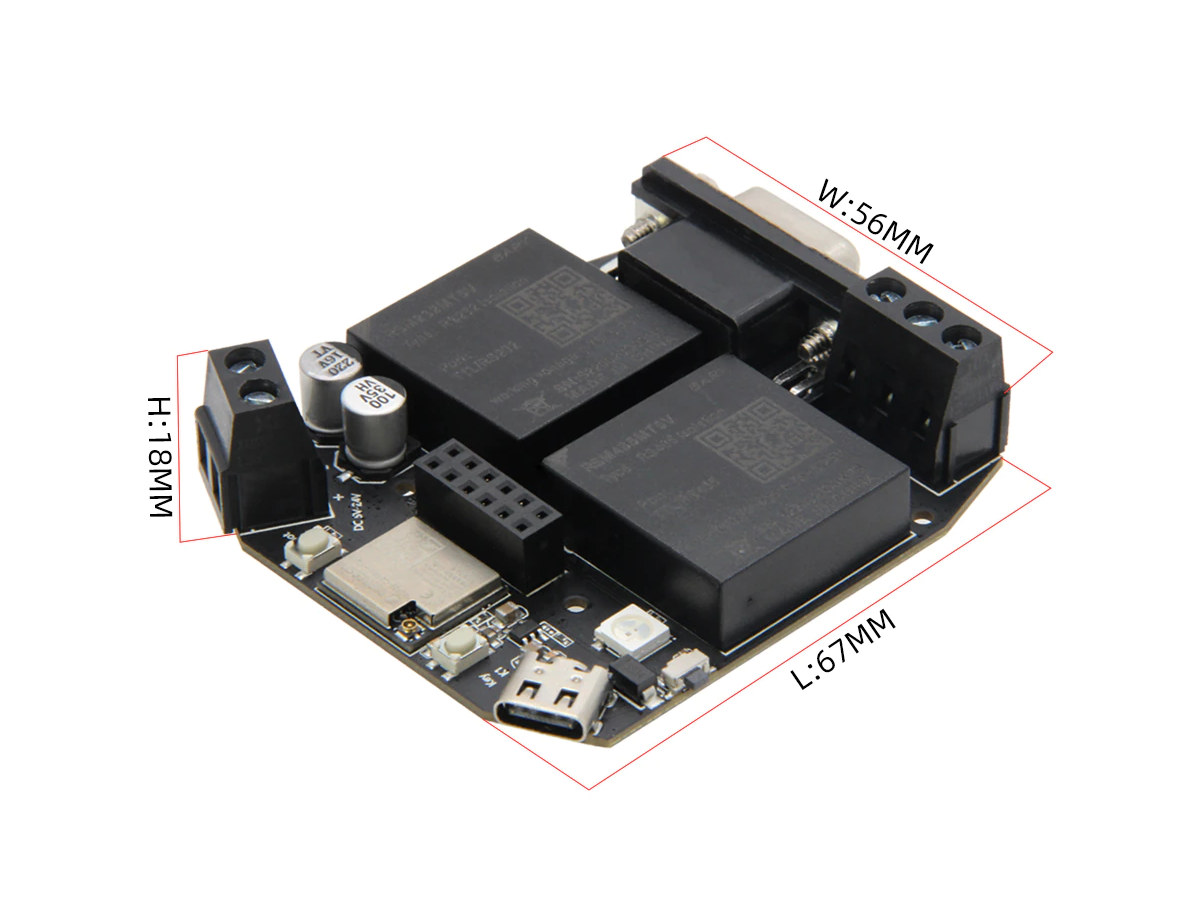Eduponics Mini v2.0 is a Smart Agriculture IoT kit based on the ESP32 wireless microcontroller with built-in sensors to measure temperature, humidity, barometric pressure, and ambient light, and interfaces to connect water level and soil moisture sensors. The new board builds upon the Eduponics Mini introduced two years ago, but based on the 8MB flash version of the ESP32-WROVER-B module, a different mix of sensors, a BM8563 RTC module replacing the DS1307 RTC chip, and the addition of Grove connectors for external sensors from companies such Elecrow. Eduponics Mini v2.0 specifications with highlights in bold or strikethrough showing the differences with the first revision of the board: Wireless module – ESP32-WROVER-B module with ESP32 Wi-Fi and Bluetooth SoC, 8MB QSPI flash loaded with MicroPyhon firmware, 8MB SPRAM, PCB antenna Built-in sensors BH1750 I2C light sensor Footprint for BME280 I2C temperature, humidity, and barometric sensor QMP6988 I2C Barometric air pressure sensor […]
XGO 2 – A Raspberry Pi CM4 based robot dog with an arm (Crowdfunding)
XGO 2 is a desktop robot dog using the Raspberry Pi CM4 as its brain, the ESP32 as the motor controller for the four legs and an additional robotic arm that allows the quadruped robot to grab objects. An evolution of the XGO mini robot dog with a Kendryte K210 RISC-V AI processor, the XGO 2 robot offers 12 degrees of freedom and the more powerful Raspberry CM4 model enables faster AI edge computing applications, as well as features such as omnidirectional movement, six-dimensional posture control, posture stability, and multiple motion gaits. The XGO 2 robot dog is offered in two variants – the XGO-Lite 2 and the XGO-Mini 2 – with the following key features and specifications: The company also says the new robot can provide feedback on its own postures thanks to its 6-axis IMU and sensors for the joints reporting the position and electric current. A display […]
Arduino Plant Watering Kit combines Nano RP2040 Connect with moisture sensor and submersible pump
You’ve probably seen a few plant watering projects based on Arduino over the years, and now the company has decided to launch its own Arduino Plant Watering Kit based on the Arduino Nano RP2040 Connect board and everything you need to get started to water your indoor plants. Arduino Plant Watering Kit content: Arduino Nano RP2040 Connect board (ABX00053) with Raspberry Pi RP2040 MCU, ESP32 module for WiFi, and Bluetooth LE connectivity. Arduino Nano Screw Terminal Adapter (ASX00037) Open-ended USB cable with on/off switch 5V submersible pump 1-meter of plastic hose Grove moisture sensor Grove relay module with cable Grove LED button module with cable Grove cables 50 cm 10x Jumper wires (15 cm) 12x screw connectors Simply connect the moisture sensor and the water pump (through the relay) to the Nano RP2040 Connect board, insert the moisture sensor in a flower pot, and put the pump in a recipient […]
MicroBlocks is a visual programming IDE for 32-bit microcontrollers
MicroBlocks is a visual programming IDE for 32-bit microcontrollers currently supporting the BBC Micro:bit V1/V2, Calliope mini (aka the German Micro:bit), Adafruit Circuit Playground Express and Bluefruit, Raspberry Pi Pico and Pico W, and various other boards including ESP32 and ESP8266-based boards. I discovered MicroBlocks in the list of talks for FOSDEM 2023, and although it did not make it to my virtual schedule, I thought it was interesting to look into and write about it. In their upcoming FOSDEM talk, Bernat Romagosa and Kathy Giori refer to MicroBlocks as small, fast, and human-friendly with development guided by four guiding principles: liveness, parallelism, portability, and autonomy. The IDE is inspired by Scratch, and as such, looks very similar to other visual programming interfaces I have used over the years. You can launch MicroBlocks from Google Chrome or Microsoft Edge on a PC (not a mobile device) without having to install […]
LILYGO T-QT Pro 0.85-inch WiFi IoT display adds support for battery charging
LILYGO T-QT Pro is an ESP32-S3 WiFi and BLE IoT board with a 0.85-inch color display, 4MB flash, 2MB PSRAM, a USB-C port, a few GPIOs, and support for LiPo battery with charging. It is an upgrade to the ESP32-S3-based LILYGO T-QT V1.1 board that also supports LiPo battery power but lacks a charging circuit, so you had to remove the battery and charge it manually each time. The T-QT Pro adds a charging circuit and switches from an ESP32-S3 with an 8MB flash design to one using ESP32-S3FN4R2 with 4MB flash and 2MB PSRAM. LilyGO T-QT Pro specifications: Wireless MCU – Espressif Systems ESP32-S3FN4R2 dual-core Tensilica LX7 @ up to 240 MHz with vector instructions for AI acceleration, 512KB RAM, 4MB flash, 2MB PSRAM, wireless connectivity Connectivity via ESP32-S3 2.4 GHz 802.11 b/g/n Wi-Fi 4 with 40 MHz bandwidth support Bluetooth Low Energy (BLE) 5.0 connectivity with long-range support, […]
ESP32 OpenMQTTGateway smart plug acts as an BLE MQTT gateway and a power meter
The Theengs Plug ESP32 smart plug runs OpenMQTTGateway firmware to serve as a BLE MQTT gateway and power meter compatible with Home Assistant, Homebridge, OpenHAB, DomoticZ, FHEM, Jeedom, NodeRed, AWS, and any MQTT-compatible IoT or Smart Home system. While the Matter standard should improve interoperability between Smart Home frameworks over time, there are still millions of devices already produced that are not Matter compatible, and the Theengs Plug aims to at least partially address this issue by helping users reduce the number of hubs required and have only one that supports different ecosystems. Theengs Plug hardware specifications: Microcontroller – ESP32 dual-core wireless MCU with 2.4 GHz WiFi and Bluetooth LE connectivity Network Protocol – MQTT Power Supply – 100-120VAC, 60Hz, up to 15A Dimensions – 103 x 61 x 34.6mm Temperature Range – Operating: 0ºC ~ 40ºC; storage: -10°C ~ 50°C Humidity – 0%~95% (no condensation) Certification – UL Some […]
SOCORAD32 ESP32 walkie-talkie board also supports data communication (Crowdfunding)
SOCORAD32, aka ESP32 Software Controlled Radio, is a hackable, open-source hardware ESP32-based amateur radio board for walkie-talkie and data communication applications. The board comes with an ESP32 module with WiFi 4 and Bluetooth connectivity, an RDA Microelectronics RDA1846 RF IC used in many commercial walkie-talkies and offering a range up of to 5 km, a small display, a speaker, and a 18650 battery holder. SOCORAD32 specifications: Microcontroller module – ESP32-WROOVER-32E with ESP32 dual-core microcontroller, 4MB flash, 2.4 GHz WiFi and Bluetooth connectivity, built-in PCB antenna Walkie-talkie chip – RDA1846 single-chip transceiver for Walkie-Talkie applications (See datasheet and programming guide for details) Frequency Range: ISM 400 – 470 MHz Frequency Step: 5 K / 6.25 K / 12.5 K / 25 K RF Output Power: 2 W / 0.5 W (+5 KM @ 2 W) set to what the local law permits RF Input Sensitivity: -122 dBm Voice Scrambling: 8 type […]
LILYGO T-RSC3 ESP32-C3 board features isolated RS232 & RS485 interfaces, 5 to 24V DC input
LILYGO T-RSC3 is a relatively compact ESP32-C3 board with WiFi 4 and Bluetooth LE 5.0 connectivity, support for RS232 and RS485 communication protocols through a DB9 connector and a terminal connector respectively, and a wide 5V to 24V DC power input. LILYGO had already made an ESP32 board with CAN Bus and RS485 interfaces called the T-CAN485, but without any isolation. The new T-RSC3 offers both RS232 and RS485 interfaces, but no CAN Bus, protected by isolated transceiver modules that should make it safer to use in industrial environments. LILYGO T-RSC3 board specifications: Wireless module – Espressif Systems ESP32-C3-MINI-1U module with ESP32-C3 RISC-V microcontroller @ 160 MHz with 400 KB SRAM, 2.4 GHz WiFi 4, Bluetooth 5.0 LE & Mesh, 4MB flash, and a u.FL antenna connector Industrial control interfaces RS232 via DB9 connector, RSM232MT5V isolated transceiver with 3000V isolation, 4.75~5.25V input, 5V/50mA output, baud rate from 1200 to 256,000 […]


